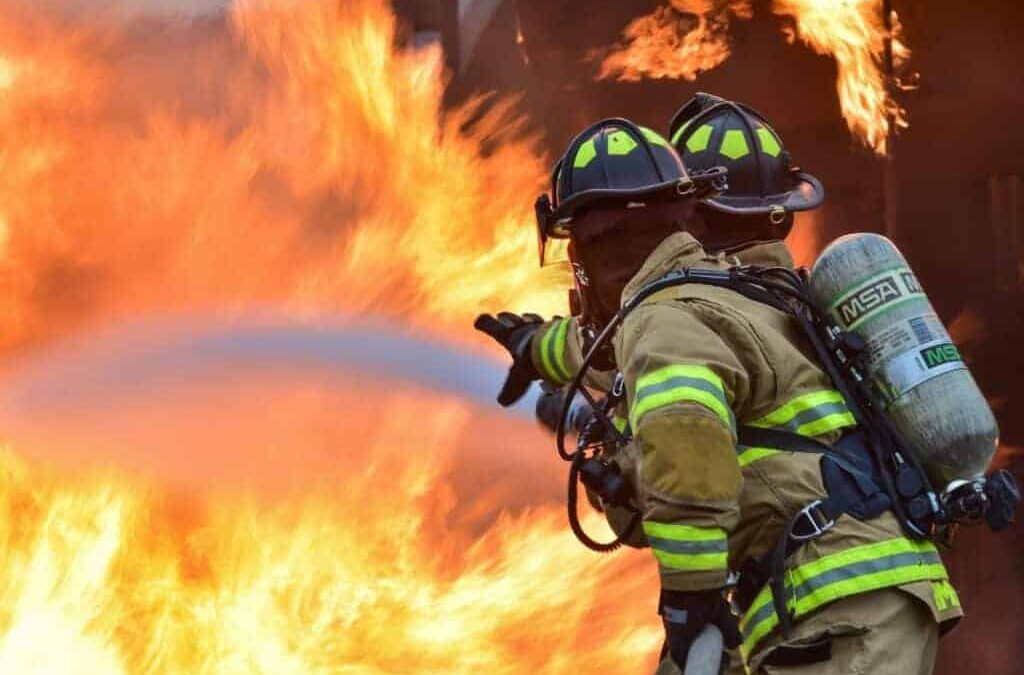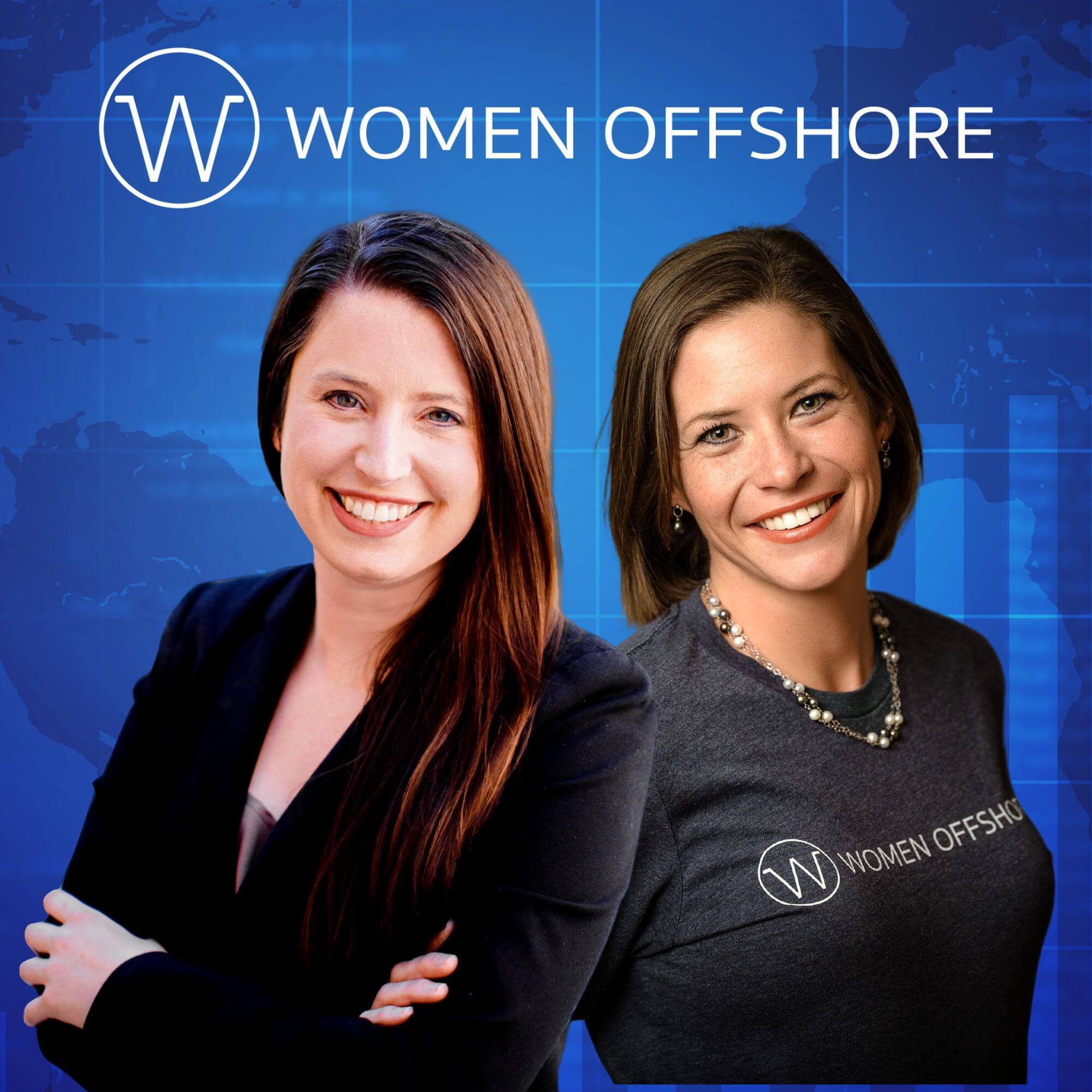Is the offshore energy industry safe? How is the industry regulated? Today, we explore just who sets the industry standards to protect the environment and lives at sea.
Safety is a core value of the natural gas and oil industry. Our industry works to ensure that our nation’s energy is provided as efficiently and safely as possible to protect the environment, communities and our workforce. Our country’s energy supply is dependent on the use of offshore natural gas and oil, and our industry is committed to ensuring that offshore safety takes precedence, each and every day.
For starters, any company that operates offshore is regulated by Department of the Interior agencies, including the Bureau of Ocean Energy Management, Bureau of Safety and Environmental Enforcement, and others. But, government regulation is not the only component of offshore safety. Industry standards are also crucial to keeping our workers, surrounding communities and the environment safe.
The American Petroleum Institute (API) has nearly 270 standards for the exploration and production of natural gas and oil. These standards assist in protecting those that live and work in areas where we operate – both onshore and offshore. Out of those 260 standards, 91 are specific to offshore operations.
And many of API’s standards have been incorporated into state and federal regulations. These standards are certified by American National Standards Institute (ANSI), and are frequently reviewed and updated by experts to make continuous overall improvements. Due to industry’s commitment, API’s standards and strong government regulations, offshore operations have continued to reach higher levels of safety over time.
Prevention of and preparedness for incidents are crucial pieces of safety for offshore energy development. In addition to preventing them, being prepared for a potential incident helps to minimize harm to workers, other individuals, and the environment. This means creating plans, attaining the necessary resources, implementing trainings and exercises, all while following government rules and regulations. For example, Safety and Environmental Management Systems (SEMS) is a system that offshore operators utilize that helps to establish plans to reduce the chance of incidents. This system helps possible incidents that may occur from escalating and is subject to third party audits. Like the industry standards, SEMS incorporates safety into day-to-day operations.
In 2011, the Center for Offshore Safety (COS) was founded to promote safety for offshore drilling, completions and other operations. Since 2013, COS has conducted an Annual Safety Forum that shares knowledge and best practices regarding the industry and safety measures across areas, as well as the creation of annual performance reports that contain data collection about yearly operations of COS members regarding safety.
Our industry has continued to make offshore safety a priority by implementing regulations, creating industry standards and emphasizing the importance of systems that are dedicated to prevention and preparedness. As offshore energy development provides a critical number of jobs and helps to access an abundance of resources, improving the safety of its operations is imperative—as well as safety across the industry. If steps are continuously taken to implement prevention, intervention and regulations to keep others safe, the future of offshore safety is promising.








Congratulations to her and she is just awesome and a lovely person. My husband was the Carpenter volunteer on the Brown for 20 years but now is handicap and cannot climb the steps anymore. He loves that LADY (JWB) and misses the commaderie with the crew members but he is always kept informed of what is going on and that what he looks forward too.
HE met her many times when she came on board and wishes her the best on her rising career.
CW4 Stanley S. Sdanowich and wife
Florence Sdanowich
Hi Florence!
Thank you so much for your generous words! I miss Stanley, but I love seeing you two on the pier for functions. You always make me laugh, that’s for sure, and I know the crew loves to see Stanley as well. I hope to see you again soonest!